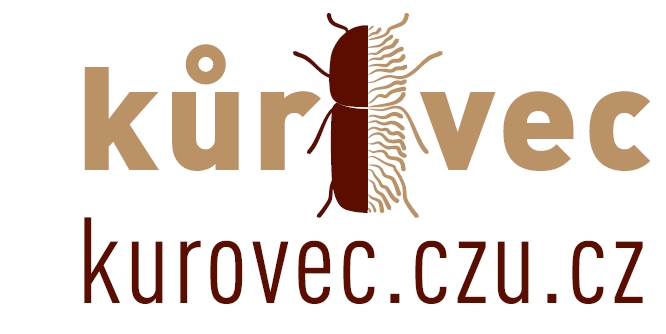Direct and mediated impacts of mixed forests on Norway spruce infestation by European bark beetle Ips typographus
, , , , , ,
a Department of Spatial Sciences, Faculty of Environmental Sciences, Czech University of Life Sciences in Prague, Suchdol, Prague 16500, Czech Republic
b The Institute of Forest Ecology of the Slovak Academy of Sciences, Zvolen, Slovakia
c Global Change Research Institute of the Czech Academy of Sciences, Brno, Czech Republic
Abstract
Climate change-induced windfalls and droughts exacerbate bark beetle outbreaks, severely impacting forest ecosystems. Despite extensive research on bark beetle infestation patterns, the question regarding the optimal spatial grid (SG) size for analyzing this phenomenon remains unresolved. The protective potential of natural forest complexity against bark beetles has been underestimated. We used remotely sensed data to fit Generalized Linear Models and structural equation models to explore the direct and environment-mediated effects of mixed forest cover (MFC) on Norway spruce forest infestation in central Europe. We assessed the effectiveness of various spatial grids (from 100?m to 1?km) for studying infestation by Ips typographus. We found a strong non-linear decline in infestation with increasing MFC across different spatial scales. The relationship between infestation and temperature was positive, while elevation had a negative effect on infestation, with higher infestation rates observed below 900?m. Direct effects of environmental predictors on infestation were significant at SGs of 100?m, 300?m, 400?m, and 500?m, but insignificant at 200?m and 1000?m SGs. Slope positively influenced infestation at 300?m and 400?m SGs. MFC exhibited significant indirect effects on infestation mediated by elevation, temperature, potential evapotranspiration, slope, and heat load index. Landscape variables played a significant role in the models at high-resolution spatial grids, whereas climate variables were influential in models at lower spatial grids of infestation data. We argue that mixed forest facilitates cooling, preserves water, enriches symbiotic fungal community, alleviating tree drought stress and mitigating infestation risk. Broad-leave trees’ non-host volatiles presumably disrupt olfactory signals, impeding beetles’ ability to locate host trees effectively. Our results underscore the potential of increasing mixed forest cover as a self-sustainable silvicultural measure for forest protection against I. typographus and for mitigating the effects of climate change.
https://www.sciencedirect.com/science/article/pii/S0378112724004961

